For most cases of laser (or LED) power measurement, selection of a proper sensor is fairly simple – it all depends on power level and wavelength.
But for some cases, the application demands a more tailor-made sensor.
Ophir’s line of “Special Photodiode” sensors are made for just that purpose. There are now Special PD sensors for the following applications:
PD300-BB: Broadband sources
The PD300-BB is a photodiode with a uniquely flat spectral response, critical for accurately measuring broadband sources whose powers are low enough to need a photodiode sensor.
PD300-CIE: Eye adjusted measurement
The PD300-CIE automatically scales light in the visible spectrum to the response curve of the human eye, so that it measures in “Photometric” units. This is important for measurements related to laser safety and illumination.
BC20: Laser scanners
The BC20 has peak-hold circuitry that allows easy measurement of a barcode scanner or other scanned laser beams.
PD300-UV: UV sources
The PD300-UV is good for measuring low power UV lasers.
PD300-RM: LED measurement
The PD300-RM provides cosine corrected measurement of irradiance in W/cm² and dosage in J/cm², for applications such as UV curing, UV sterilization, etc.
PD300-MS: Microscope slide power meter
The PD300-MS is a photodiode sensor masquerading as a microscope slide, for easy measurements of microscope light sources.
RM9: Very (and very very…) low power
The RM9 sensor family have a lock-in amplifier, allowing it to measure extremely low powers (300fW and up), which are otherwise impossible to measure with a standard photodiode.
Find out more about Ophir’s special photodiode sensors here: http://land.ophiropt.com/special-photodiode/



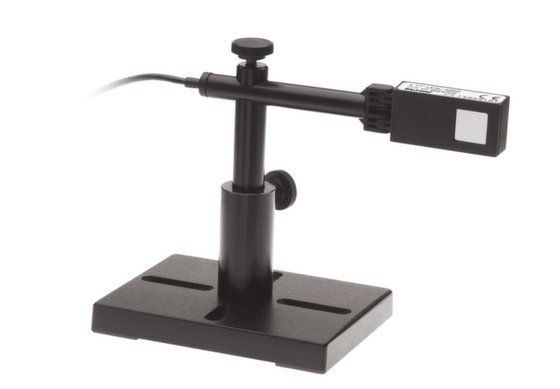
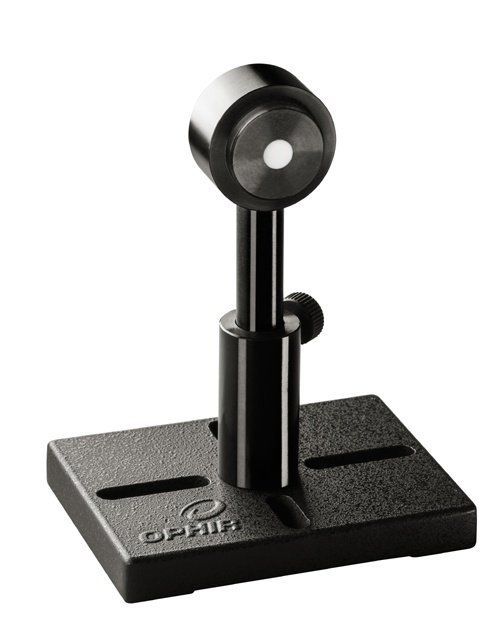
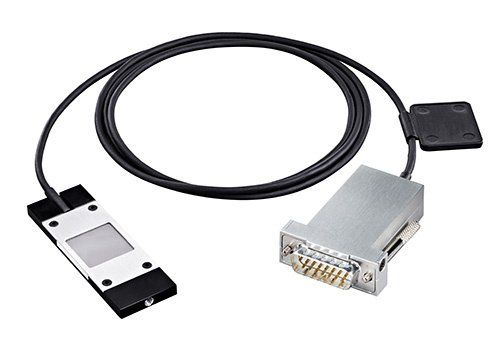
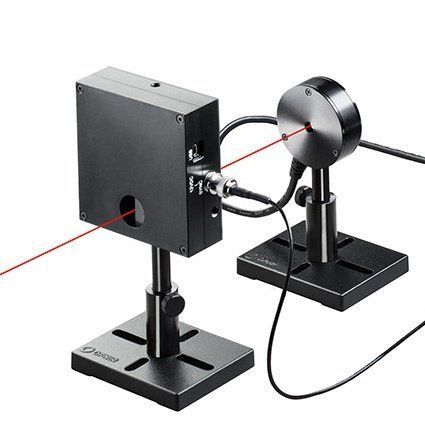
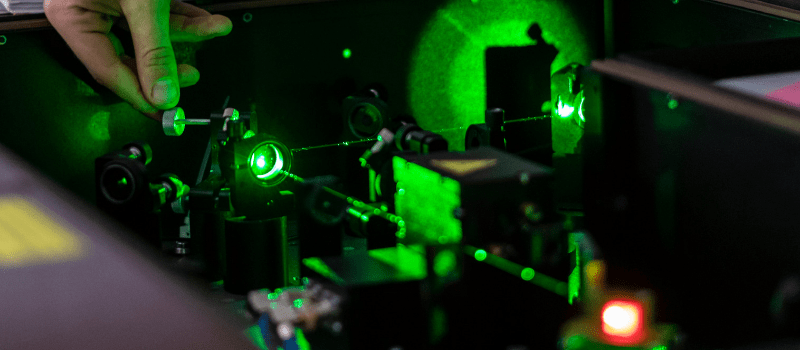
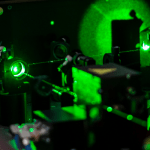


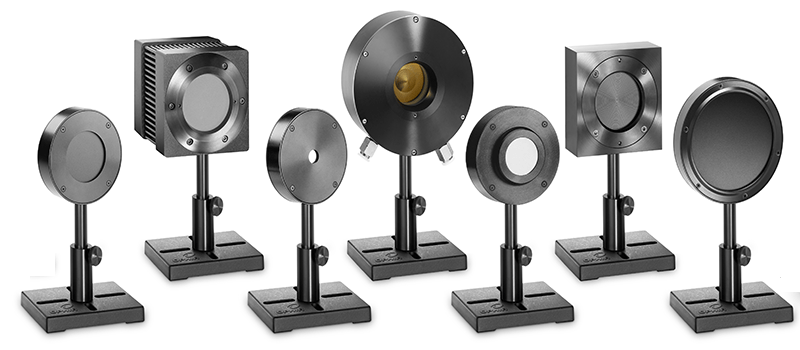
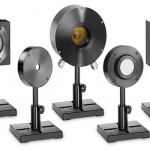
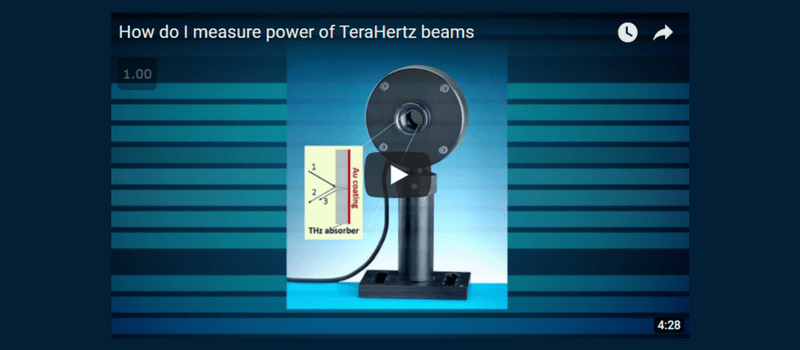
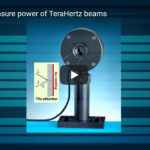
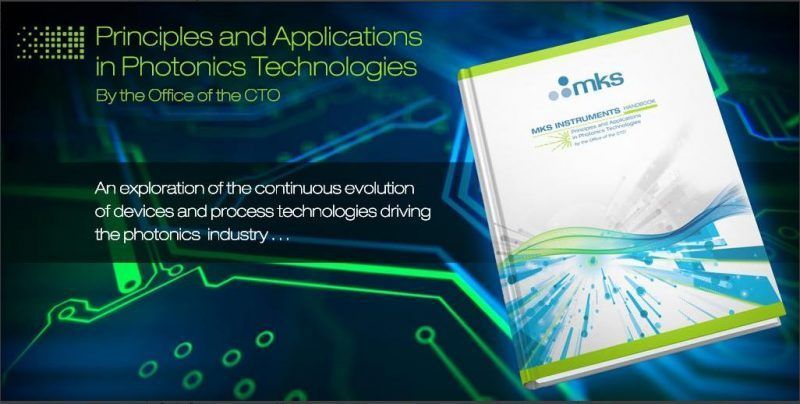



Leave a Reply
Your email address will not be published. Required fields are marked *